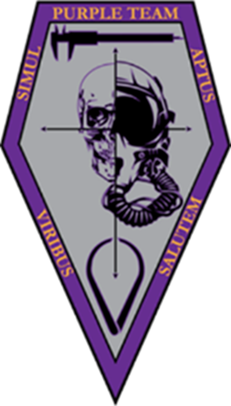About BEAM
What originated as a collaboration between the anthropometric laboratories from the United States military services (US Air Force, US Army, US Navy, & US Marine Corps) has grown to represent a range of interests from government to academia. All efforts relate back to human size and shape variation, and its role in everything from equipment accommodation and injury prevention to database development.
Interesting BEAM Facts
We frequently refer to our group as the “Purple Team”. In military jargon, “purple” is used to describe a joint effort or event, bringing together different military branches on shared initiatives. However, we also recognize contributions from academic institutions, civilian organizations, and industry and are therefore not limited to topics solely DoD-related.
There is no school that specializes in teaching anthropometry. Most anthropometrists have been trained on the job and have varied educational backgrounds including human factors, mechanical engineering, physiology, human systems integration, and anthropology.
While anthropometry is the study of the measurements and proportions of the human body, biomechanical engineering is more focused on the design and development of equipment and devices for the human body. These devices include prostheses, rehabilitative tools, optic or auditory enhancement, and personal protective equipment.
Anthropometry and Biomechanical Engineering are fields necessary to protect humans where they may be subject to both common and extreme environmental conditions.
3D scanning and software representations of humans, known as digital human models (DHM), are becoming widely used to perform the analyses for these complex situations, such as positioning in ejection seat aircraft.
Meet Some of Our Members
USAF AAL
AFUO
ARMY
NASA
NAVY
Space Force
UMTRI
Human Dimensioning
Lab

